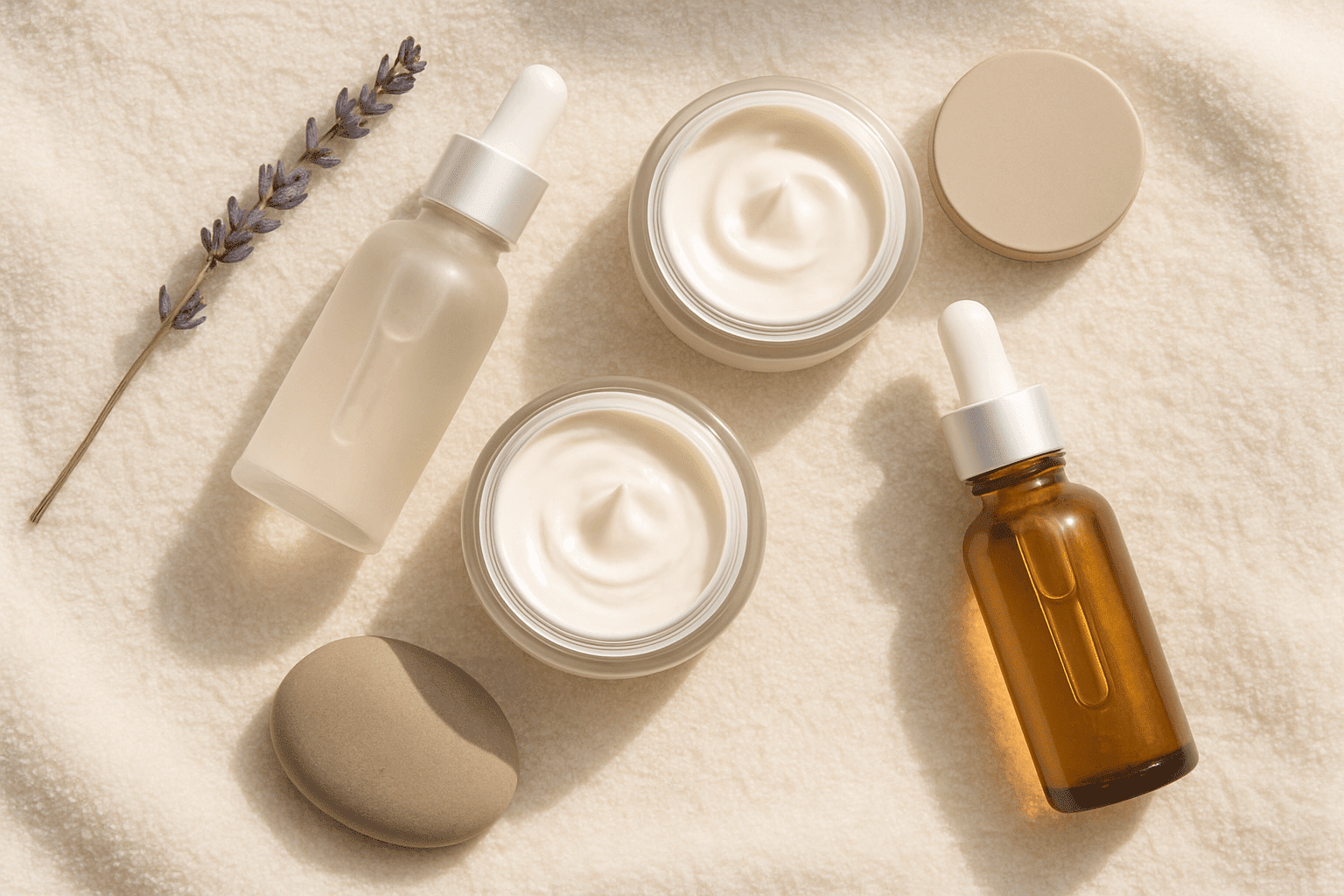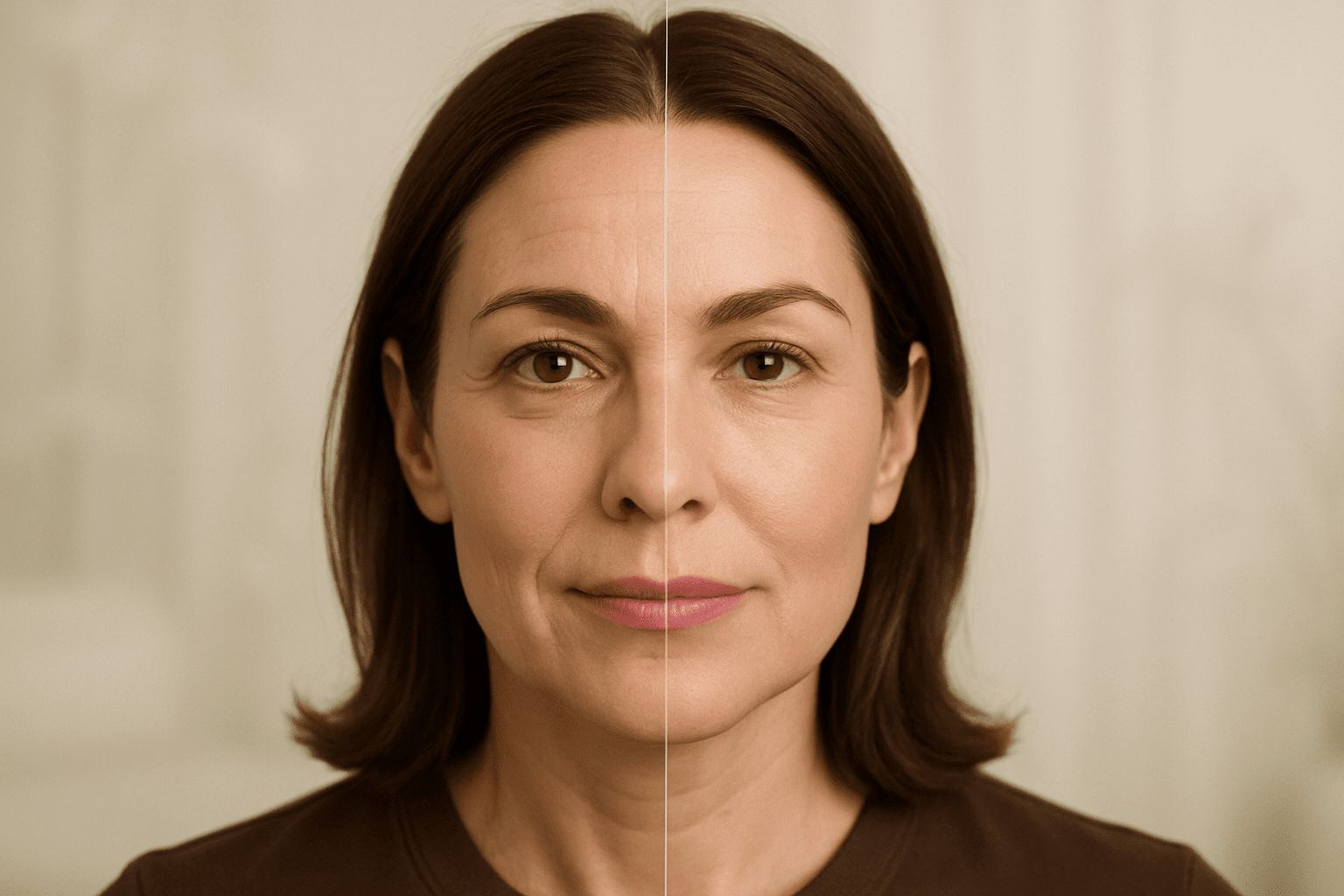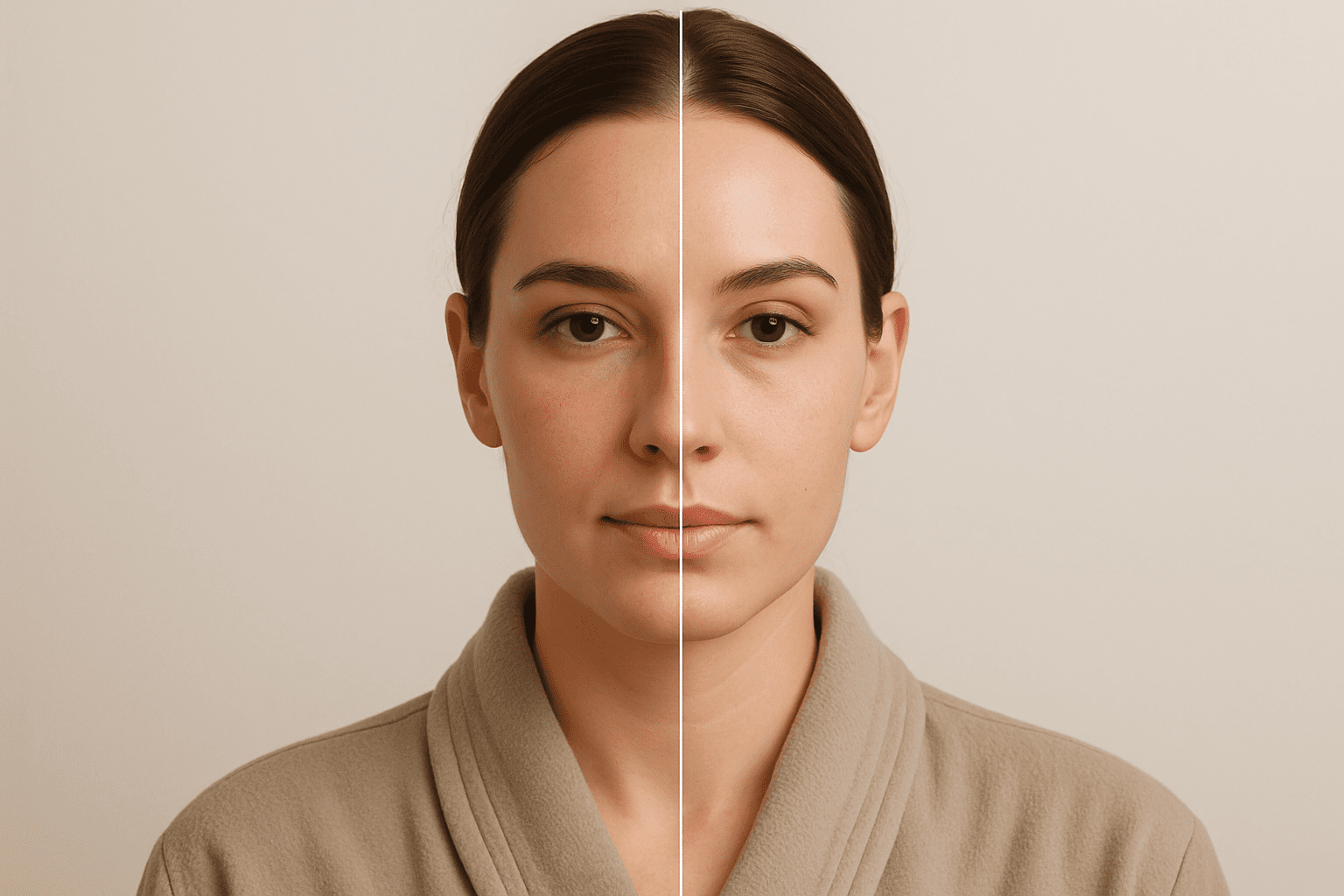It’s the battle of the glow-boosters: HydraFacial vs. Microdermabrasion. Both are powerful skin rejuvenation treatments that promise a fresher, brighter, and smoother complexion. But which is right for your unique skin and goals? If you’re stuck choosing between these spa favorites, you’re not alone. This in-depth guide cuts through the beauty buzzwords, compares both treatments head-to-head, and helps you make a decision that will leave your skin—and your confidence—radiant.
Jump To:
TLDR – Quick Guide
- HydraFacial: Uses water, serums, and suction to deeply cleanse, exfoliate, extract, and hydrate.
- Microdermabrasion: Mechanically exfoliates with fine crystals or a diamond-tipped wand to remove dead skin.
- HydraFacial is gentler, suitable for most skin types—even sensitive skin.
- Microdermabrasion offers more intense exfoliation, ideal for those targeting roughness or clogged pores.
- Both offer minimal downtime, but HydraFacial delivers instant hydration and a dewier finish.
Detailed Breakdown
What Is a HydraFacial?
A HydraFacial is the spa-world’s multitasking overachiever. This treatment uses a patented Vortex-Fusion device to cleanse, exfoliate, extract impurities, and infuse the skin with nourishing serums—all in one session. Think of it as a high-tech facial with the added benefits of medical-grade hydration and zero discomfort.
- How it works: Your provider glides a wand across your skin, delivering a blend of cleansing solutions and gentle suction to whisk away debris and dead cells. The process ends with the infusion of antioxidants, peptides, and hyaluronic acid, leaving your skin looking instantly plump and radiant.
- Best for: Anyone wanting glowing, hydrated, and refreshed skin—with minimal redness or recovery time.
What Is Microdermabrasion?
Microdermabrasion is the classic workhorse of skin resurfacing. This mechanical exfoliation method uses either ultra-fine crystals or a diamond-tipped wand to physically “sand” away the top layer of dead skin cells.
- How it works: The device gently buffs the surface of your skin, helping fade dullness, rough patches, and even mild acne scars. The treatment may be followed by a soothing moisturizer or mask to calm the skin.
- Best for: Those looking to improve skin texture, smooth rough spots, and unclog pores—especially if you’re not overly sensitive.
Key Differences: HydraFacial vs. Microdermabrasion
1. Technology & Technique
- HydraFacial: Uses liquid exfoliation, suction, and customized serums. Non-invasive and comfortable—even for sensitive types.
- Microdermabrasion: Relies on manual exfoliation. Some may experience mild redness or tingling afterward.
2. Customization
- HydraFacial treatments can be personalized with boosters targeting pigmentation, acne, or aging.
- Microdermabrasion is a straightforward physical exfoliation, with less focus on targeted skin concerns.
3. Results & Downtime
- HydraFacial delivers an immediate glow and soft, dewy skin. Zero downtime—you can put your best face forward right after the treatment.
- Microdermabrasion can cause minor redness, and it’s wise to avoid makeup or sun exposure for the rest of the day.
4. Suitability
- HydraFacial is suitable for nearly all skin types, including sensitive and acne-prone skin.
- Microdermabrasion works best for normal to oily skin and is not ideal for those with rosacea, broken capillaries, or active acne flare-ups.
5. Frequency
- HydraFacial can be done monthly or before special events for a quick boost.
- Microdermabrasion is often performed in a series, spaced several weeks apart for optimal smoothing effects.
Implementation Tactics: Choosing the Right Treatment for You
- Assess your skin type: Sensitive or easily irritated skin? HydraFacial is likely the safer bet.
- Define your goals: Need deep hydration and an instant glow? Go HydraFacial. Want to tackle rough patches or fine lines? Microdermabrasion might be your match.
- Consider your schedule: If you need zero downtime, HydraFacial delivers. If you have a little time to spare, microdermabrasion’s results can be worth the wait.
- Ask your provider: Bring your skincare history and concerns to your consultation. A pro can steer you toward the best option—and even recommend combining both for maximum benefit.
- Be realistic: Both treatments offer excellent results, but neither is a miracle cure. Maintenance and proper aftercare are essential for lasting radiance.
Key Takeaways
- HydraFacial and Microdermabrasion both rejuvenate skin—but with distinct methods, strengths, and recovery times.
- HydraFacial is gentler, ultra-hydrating, and ideal for all skin types, while microdermabrasion excels at intensive exfoliation.
- Consult with a licensed provider to match your treatment to your skin’s needs and your lifestyle.
- No matter which you choose, consistent treatments and good home care are the secrets to lasting glow.
FAQs
1. Is HydraFacial better than microdermabrasion for sensitive skin?
Yes, HydraFacial is generally gentler and less abrasive, making it an excellent option for those with sensitive or reactive skin. Its serum infusion soothes and hydrates, minimizing redness and irritation.
2. Can I get HydraFacial or microdermabrasion if I have active acne?
HydraFacial can be suitable for mild acne and helps unclog pores, but it’s best to avoid microdermabrasion during active breakouts, as the abrasive technique may worsen inflammation. Always consult a skincare professional before proceeding.
3. How soon will I see results from each treatment?
Most people notice a brighter, smoother complexion immediately after both HydraFacial and microdermabrasion. HydraFacial offers an instant “dewy” glow, while microdermabrasion results build with a series of sessions.
4. Are there any side effects or downtime?
HydraFacial typically has no downtime and minimal side effects—some may experience mild tightness or redness for an hour. Microdermabrasion can cause redness, mild swelling, or sensitivity for a day or so.
5. Can I combine HydraFacial and microdermabrasion in my skincare routine?
Some professionals may alternate the two treatments for comprehensive skin renewal, but it’s important not to over-exfoliate. Discuss a personalized plan with your provider to maximize benefits safely.



